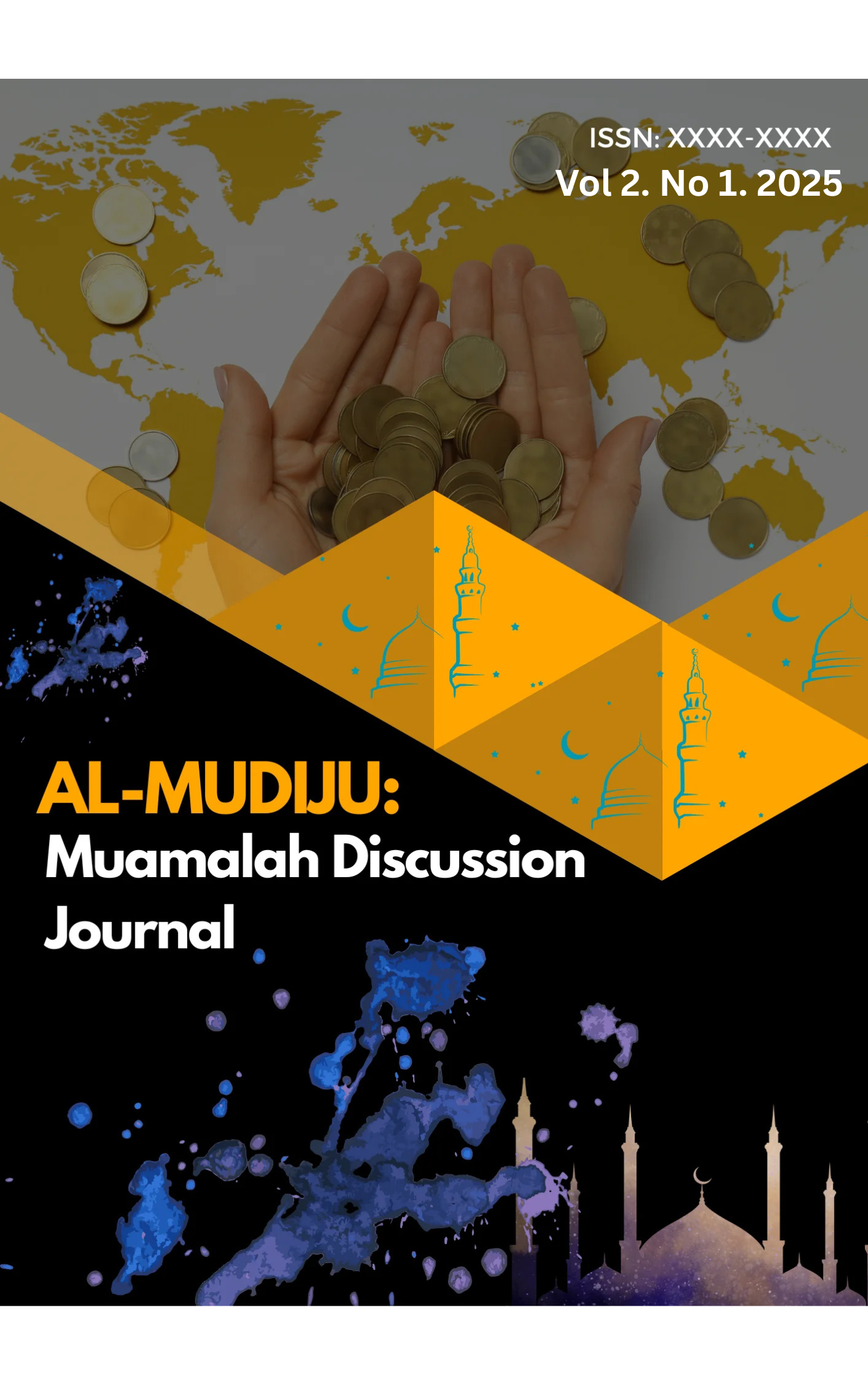Monetary Policy in Islamic Economics and Its Application in Modern Financial Systems
Keywords:
Islamic Monetary , Policy Sharia Finance, Ethical FinanceAbstract
This study explores monetary policy in Islamic economics and its application in modern financial systems, emphasizing ethical, social, and economic dimensions. Unlike conventional interest-based monetary systems, Islamic monetary policy is grounded in Sharia principles, which prohibit riba (interest) and promote justice, risk-sharing, asset-backed financing, and equitable wealth distribution. This qualitative study employs a descriptive-analytical approach, drawing on secondary data sources, including scholarly literature, policy documents, and case studies from countries implementing Islamic financial systems such as Malaysia, Indonesia, and Gulf Cooperation Council (GCC) states. The findings reveal that Islamic monetary policy offers practical mechanisms, such as sukuk, profit-and-loss sharing arrangements, and Sharia-compliant liquidity tools, that facilitate economic growth and financial stability while adhering to ethical principles. Despite these advantages, the study identifies challenges in implementation, including regulatory harmonization in dual banking systems, alignment with international financial standards, and limited public awareness of Islamic financial instruments. At the same time, the growing global interest in ethical and socially responsible finance presents opportunities for wider adoption of Islamic monetary tools beyond Muslim-majority countries.References
Aladağ, Ö. F. (2023). International strategies of Islamic financial institutions: Current challenges and future trends. Kocatepe İslami İlimler Dergisi, 6(Özel Sayı), 202-216. https://doi.org/10.52637/kiid.1352334
Alhammadi, S. (2025). Islamic finance as a driver for enhancing economic sustainability and innovation in the GCC. Journal of Science and Technology Policy Management. https://doi.org/10.1108/JSTPM-11-2023-0206
Drissi, S., & Guerguer, W. (2023). The Effects of Interest Rates on Islamic and Conventional Banks: A Comparative Study of Monetary Policy Transmission Channels. European Journal of Islamic Finance, 10(3), 28-44.
Eyerci, C. (2021). Basics of Islamic economics and the prohibition of Riba. In The causes and consequences of interest theory: Analyzing interest through conventional and Islamic economics (pp. 87-130). Cham: Springer International Publishing. https://doi.org/10.1007/978-3-030-78702-8_6
Hassan, A., AlMaghaireh, A. I., & Islam, M. S. (2022). Islamic financial markets and institutions. Routledge. https://doi.org/10.4324/9780429321207
Herdegen, M. (2025). Principles of international economic law. Oxford University Press.
Martini, A. (2021). Socially responsible investing: from the ethical origins to the sustainable development framework of the European Union. Environment, development and sustainability, 23(11), 16874-16890. https://doi.org/10.1007/s10668-021-01375-3
Naz, A., Ali, M., & Barut, A. K. (2025). Sukuk and Corporate Governance: Ethical Foundations, Economic Impact, and Global Relevance in Islamic Finance. In Islamic Finance and Corporate Governance: Synergies for Sustainable Growth (pp. 147-173). Emerald Publishing Limited. https://doi.org/10.1108/978-1-83662-346-520251022
Nurdiana, N., Muin, R., & Wahab, A. (2025). Fundamental Principles of Islamic Economic System: Justice, Equity, and Moral Conduct. Formosa Journal of Multidisciplinary Research, 4(6), 2627-2646.
Oladele, O. K. (2023). Islamic Bank Financing and Financial Stability: A Risk Assessment.
Ramly, A., Adem, E. S. E. N., & Nurjanah, N. (2025). A Study on the Dual Transmission Mechanism of Monetary Policy in Indonesia. AT-TASYRI': JURNAL ILMIAH PRODI MUAMALAH, 17(1), 117-130.
Widarjono, A., Alam, M., & Rafik, A. (2023). The dynamic link between Islamic and conventional deposit rates in a dual banking system. ISRA international journal of islamic finance, 15(1), 91-108.
Zulhilmi, M. (2025). Islamic Economics Towards Economic Growth And Stability. THE American Journal of Humanities and Social Sciences Research, 4, 57-66. https://doi.org/10.56805/ajhssr


